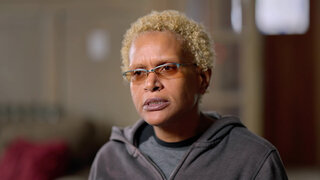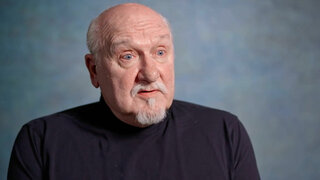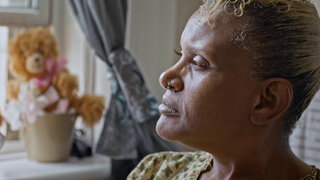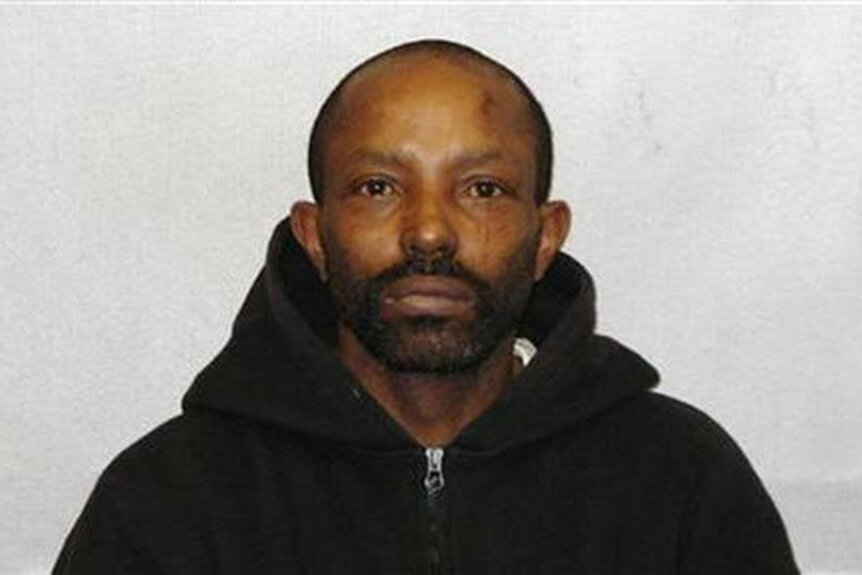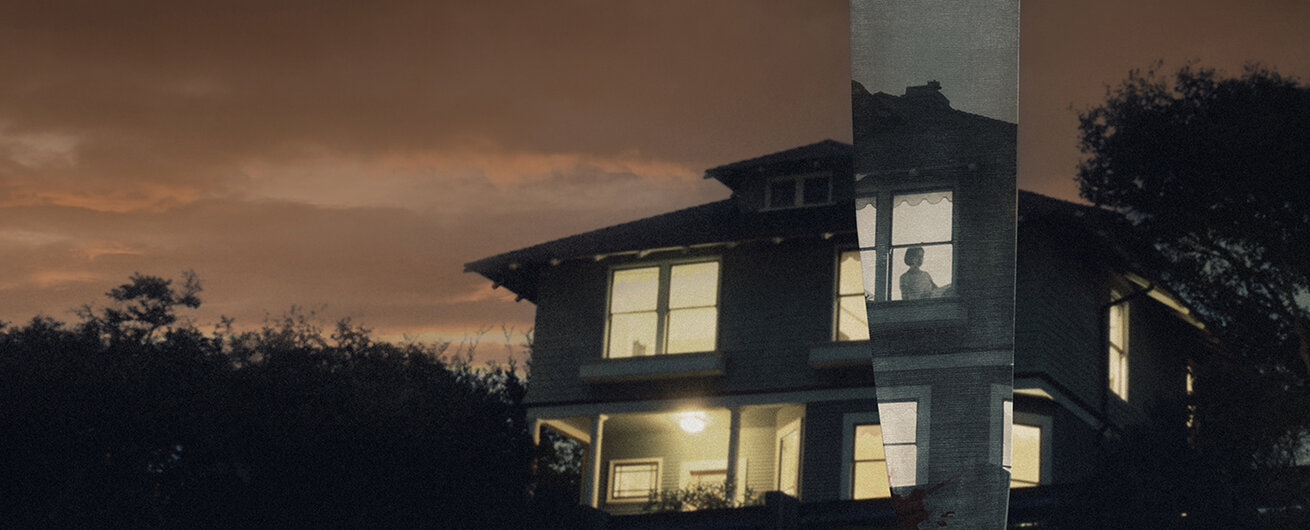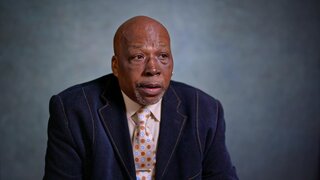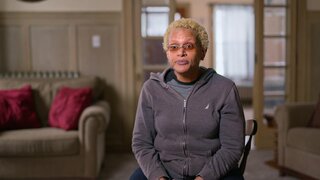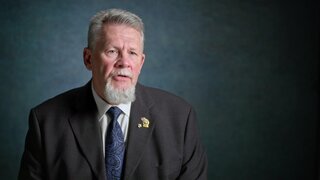Create a free profile to get unlimited access to exclusive videos, breaking news, sweepstakes, and more!
'I Would Have Tried To Stop Him': Sister Of A ‘House Of Horrors’ Serial Killer Speaks Out
Cleveland serial killer Anthony Sowell's younger sister faced rage and “death threats” because of his gruesome crimes.
A report of a sexual assault in East Cleveland 13 years ago led to the discovery of an unsettling murder spree that left a permanent shadow on the city.
On September 29, 2009, 36-year-old Latundra Billups told police that after partying with a man named Anthony Sowell at his home, he raped and choked her with a cord before she eventually managed to escape.
Sowell, a former U.S. Marine, was a familiar face in the community. But few people knew that he’d served 15 years for sex offense and was still on parole, according to “Living with a Serial Killer,” airing Saturdays at 9/8 on Oxygen.
One person who knew Sowell well was his younger sister, Tressa Garrison. She told the series her brother was a happy “attention getter” as a youth. Together they weathered a troubled and abusive childhood.
But he changed, she said, after a seven-year stint in the Marines.
“His attitude was more aggressive,” Garrison told producers. “The least little thing, he would get very, very agitated.”
He took his aggressions out on her and her children, she claimed.
Following further investigation, an arrest warrant was made for Sowell on October 29. Police went to Sowell’s home around 7 p.m. When there was no answer, officials forced their way in. Sowell wasn’t in the residence, but police were met with the foul and unmistakable odor of a decomposing body.
“That’s the worst smell you can smell,” said Lemmy Griffin, a retired detective with the Cleveland Police Department. “You can smell it on your clothing when you leave.”
Initially two bodies were found, then five more were discovered.
“They were in different states of decomposition. In the basement we discovered a bucket actually was a skull and a bucket,” said Michael Baumiller, retired lieutenant, Cleveland Police Department.
“There was a body in a cubby hole,” Baumiller added. “One was situated in the living room. Some of them were posed.”
Could there be even more victims? Finding Sowell became much more urgent. A team of more than 40 officers was assembled for the manhunt.
After learning Garrison lived in the Mount Pleasant neighborhood, authorities spoke with her. She told them the truth. She had no idea where her brother was.
But the next day Sowell called her. “He said, ‘Tressa, you're gonna find out things about me that I did … I'm gonna be famous. But it’s gonna be for all the wrong things,’” Garrison said.
Garrison told police about the call, but she still had no information about Sowell’s whereabouts.
As news spread about the Cleveland Strangler and his “House of Horrors,” as it was called, the grisly crimes became a media sensation. People spoke of an overwhelming odor near Sowell’s house, a stench that some had blamed on a nearby sausage company.
As the search continued, fear and anxiety tore through the community. People “threw their anger toward myself and my family,” said Garrison. “I began to get death threats.”
For safety reasons, she hurriedly fled with her nine kids and disabled mother. Garrison told producers she had nothing to do with her brother’s “horrendous” crimes: “I would have tried to stop him had I known.”
Then, on Halloween, Sowell was arrested about a mile from his home after a tip was called in.
On October 31, Sowell was questioned at Cleveland Police Headquarters. He told investigators he had dreams of choking people, according to “Living with a Serial Killer.”
“Eventually he would admit to having females that would come over and they would get high,” said Griffin. In a taped interrogation, Sowell said he killed women to “punish them.”
Four more bodies were unearthed in Sowell’s backyard. Autopsy reports revealed gruesome details of how some of the women had died.
“Many of them had been strangled with household objects like a belt,” said Meghan Barr, former Cleveland correspondent for Associated Press. “Many of them still had the ligatures wrapped around their necks when their bodies were discovered.”
Eleven victims were identified in total. All were African American, most were in their 30s or 40s, all but one was a mother. Their remains were kept in and around Sowell’s house.
On June 6, 2011, Sowell’s trial at the Cuyahoga County Courthouse began. He faced 11 counts of murder and 74 other counts including rape, attempted murder, tampering with evidence, and abuse of a corpse.
Sowell’s initial plea of not guilty by reason of insanity was later changed to simply not guilty, according to “Living with a Serial Killer.”
Victims who survived attacks by Sowell were key witnesses for the prosecution. The seven-week trial ended with a unanimous guilty verdict by the jury on 85 counts, including 11 of them for murder.
Despite Garrison’s testimony on her brother’s behalf, Sowell was sentenced to death.
Sowell’s “House of Horrors” was demolished in December 2011. In its place, a memorial to the 11 innocent women he murdered was erected.
Sowell, 61, died from a terminal illness while on death row in February 2021, CNN reported at the time.
To learn more about the case including how Garrison’s feelings toward her brother changed after his trial, watch “Living with a Serial Killer,” which you can stream here.
